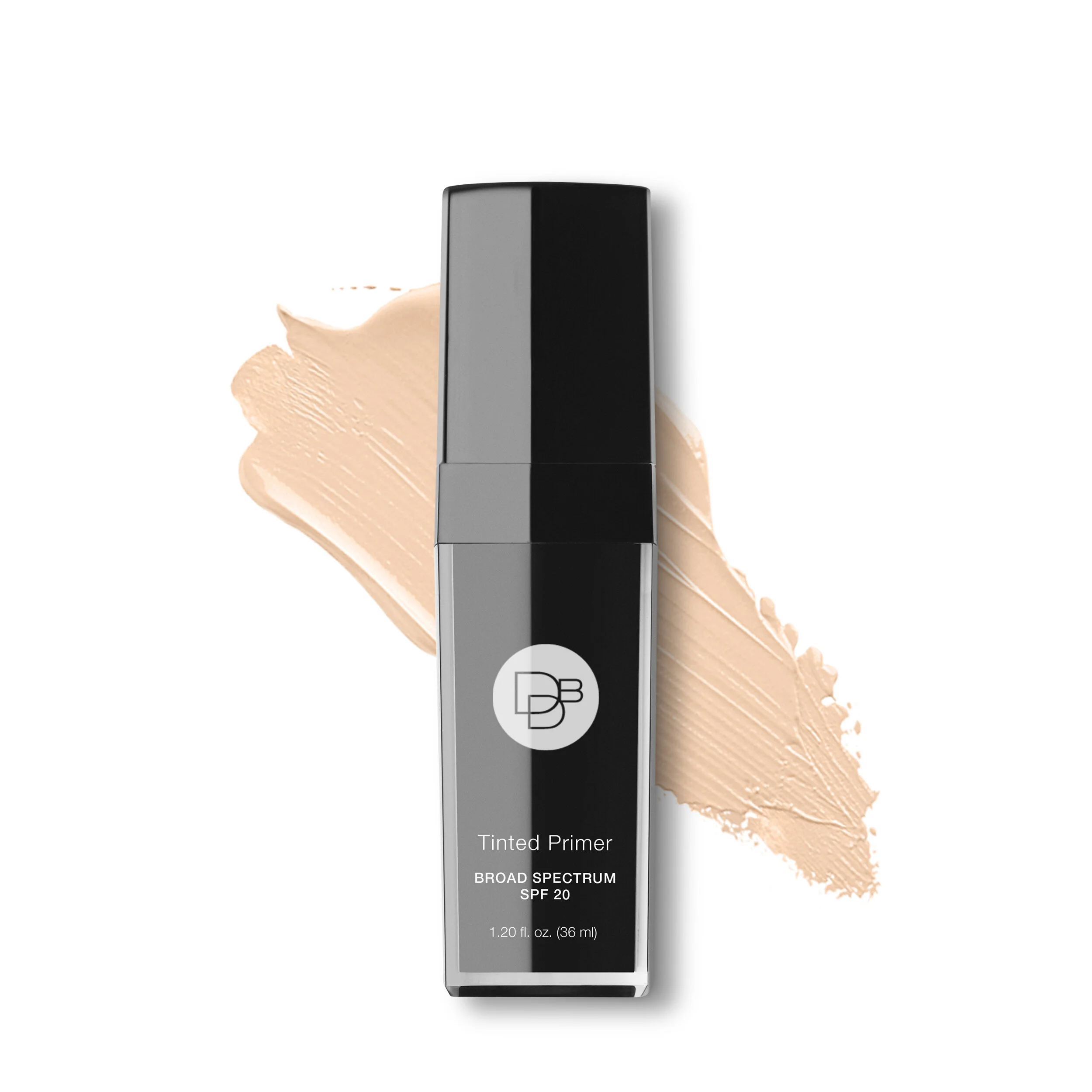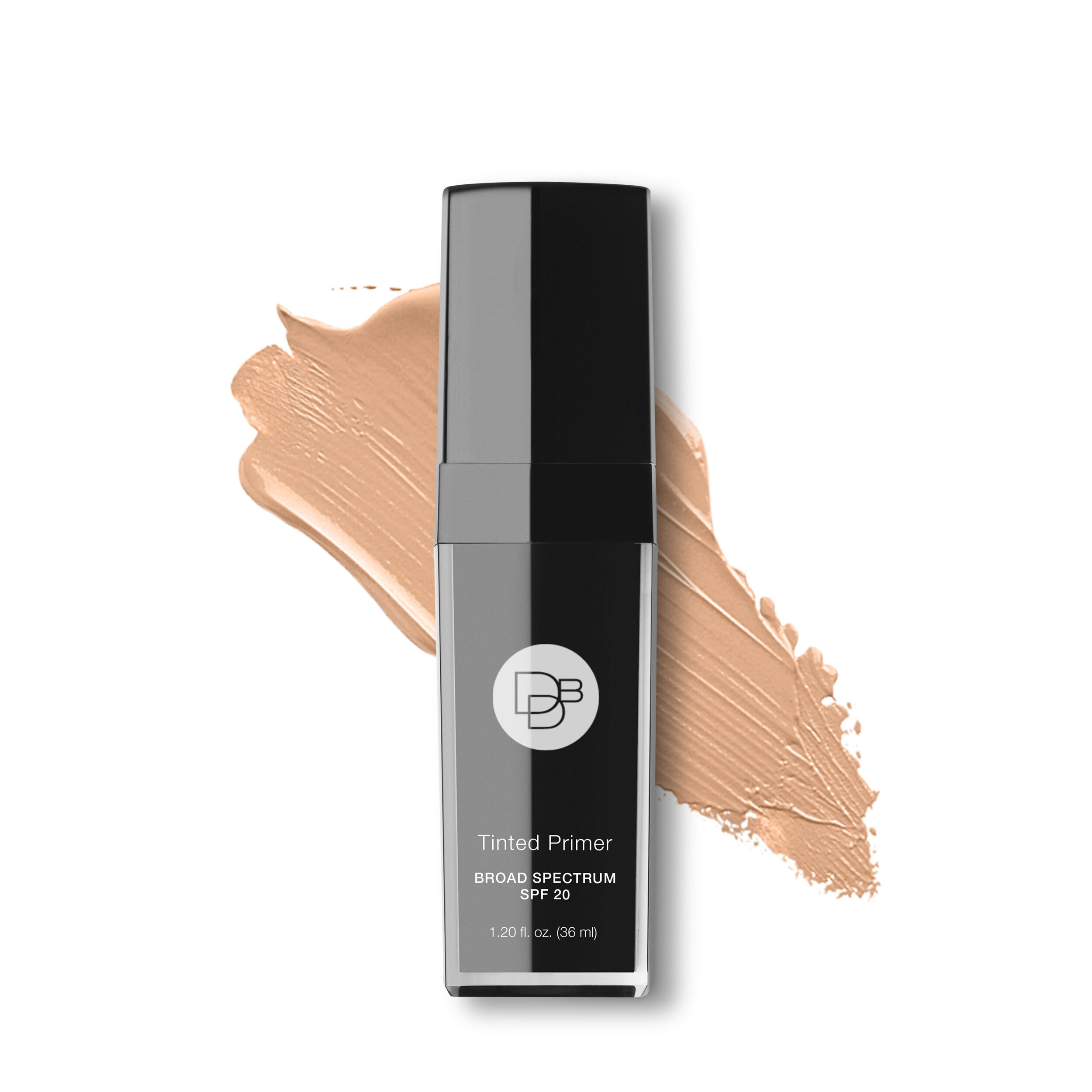SUN SENSE
/It’s that time of year again: sunscreen becomes our best friend! I’m pleased to report that some formulas are so advanced that they can take the place of moisturizer and primer under your foundation. This is good news for the reluctant user, for oily skinned individuals who found previous products too heavy and greasy, and for consumers who believe that all sunscreens will leave a white cast on their skin.
Sun damage is the number one cause of wrinkles, brown spots, and melanoma--a dangerous form of cancer.
I believe that facing the sun without protection is the express lane to dull and old-looking skin. Research proves that using sunscreen daily will slow down the aging process and beat out any magical cream or elite elixir. In fact, using a broad spectrum sunscreen is the best thing you can do to heal previously compromised skin. And it’s the best thing you can do to minimize future damage.
Broad spectrum sunscreen protects the skin by forming a barrier against the full range of the sun’s rays, both UVA (Ultra Violet Aging) and UVB (Ultra Violet Burning). Take care, however, not to be deceived by products advertising a high sun protection factor. The difference between SPF 60 and SPF 100 is minimal--so minimal, that many labels now read simply 50+. Most people don’t apply their sunscreen adequately; they’re barely protecting their skin. To remedy this, the U.S. Food and Drug Administration declared the daily recommended SPF be increased from 15 to 30. As well, it’s now mandatory that “water resistant” sunscreens display the length of time they remain effective while skin is in direct contact with water. (Most need reapplying after about 40 minutes.)
Choosing the right sunscreen comes down to your personal preference of texture and application--be it spray, gel, lotion, cream, or stick. Whichever you choose, your sunscreen should compliment your skin type and meet the demands of your daily activities. For example, spray-on sunscreens are ideal for athletes because they’re sweat-proof and won’t run into the eyes and cause stinging. Gels and lotions are ideal for combination and oily skin types because these formulations evaporate after application, yet retain their SPF effectiveness. Creamier sunscreens can be hydrating and act as a moisturizer for drier skins. Sticks are convenient to apply in an instant to nose, tops of ears, and lips.
Once you’ve determined which sunscreen suits you best, apply and wait ten minutes before dressing your face with makeup. Virtually all makeup is available with SPF. A quality foundation or BB Cream and lipstick are the place to start.
When you’re in direct sun, pay extra attention to commonly forgotten ”blind spots”: the part in your hair, scalps for individuals who are balding, tops of ears, nose, lips, the front and back of the neck, and the chest. Do remember the backs of your hands—and your feet! Wearing long-sleeved shirts, pants, sunglasses, and broad-brimmed hats will help keep your skin healthy, too.
Depending on where you live, the sun’s rays are usually strongest between 10 a.m. and 2 p.m. Apply sunscreen rain-or-shine, and at least 20 minutes before sun exposure. Reapply as directed, usually every two hours, and more often when exercising and swimming.
Want an application reminder?
Set your phone to beep. Be sure to use the right amount: ½ teaspoon is recommended for the face and a shot glass or more for your body. Ask someone to help you with hard-to-reach areas. It might be a nice way of getting to know someone new. Wink, wink.
Check your skin regularly for any abnormalities and report them to your doctor or dermatologist. According to the Canadian Dermatology Association, individuals with skin cancers have a high survival rate if the cancer is detected early. Look for lesions that are new and that stand out from the rest of your body. As well, watch for any familiar lesions that are changing appearance. www.myskincheck.ca is a good resource for checking any moles or sunspots until your doctor gives the definitive word.



























